| North Carolina's 189 Odonate species | ||||
|---|---|---|---|---|
| Sort Species by: Family Scientific Name [ Undocumented ] |
| Related Species in LIBELLULIDAE: | Number of records for 2025 = 0 | |
| Photo Gallery for Variegated Meadowhawk 14 photos are shown. | Other NC Galleries: Jeff Pippen Will Cook Ted Wilcox | ||
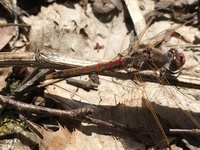 | Photo 1 by: Ted Wilcox Comment: Caldwell, 2022-04-10, Globe area in northern Caldwell County, elev.1900 ft. Feeding around a small area of standing water in the woods. | 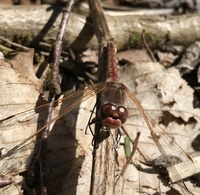 | Photo 2 by: Ted Wilcox Comment: Caldwell, 2022-04-10, Globe area in northern Caldwell County, elev.1900 ft. Feeding around a small area of standing water in the woods. |
 | Photo 3 by: John Petranka Comment: Durham, 2020-05-07, Power line cut in Duke Forest - Female. About 550 meters NW from where Jeff Pippen's 2020-04-24 male was found. | 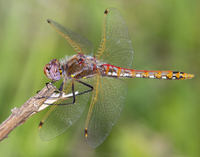 | Photo 4 by: John Petranka, Sally Gewalt Comment: Durham, 2020-04-26, Power line cut in Duke Forest - Male. Same locality as Jeff Pippen's 2020-04-24 record. Based on wing venation it is the same individual. |
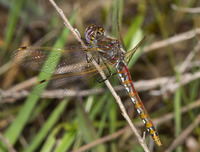 | Photo 5 by: John Petranka, Sally Gewalt Comment: Durham, 2020-04-26, Power line cut in Duke Forest - Male. Same locality as Jeff Pippen's 2020-04-24 record. Based on wing venation it is the same individual. | 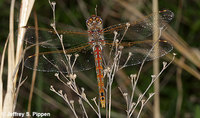 | Photo 6 by: Jeffrey Pippen Comment: Durham, 2020-04-24, - Power line cut in Duke Forest |
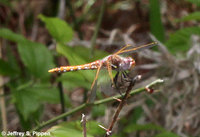 | Photo 7 by: Jeffrey Pippen Comment: Durham, 2020-04-24, - Power line cut in Duke Forest | 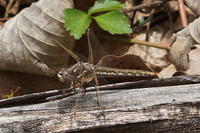 | Photo 8 by: Pete Dixon, Chris Talkington, Robert Gilson Comment: Madison, 2020-04-22, Polecat Rd, Hot Springs area |
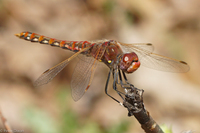 | Photo 9 by: p dixon Comment: Madison, 2020-04-11, Hot Springs area - ridge-top above Jacks Branch | 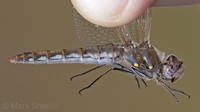 | Photo 10 by: Brian Bockhahn, John Petranka, Mark Shields, ode workshop participants Comment: New Hanover, 2019-10-23, limesink ponds, Carolina Beach State Park (CABE) - male seen; female netted, photographed, released. Female appeared to be ovipositing, male appeared to be guarding her |
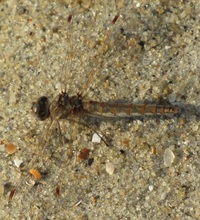 | Photo 11 by: B. Bockhahn Comment: New Hanover, 2019-10-22, In dunes south of visitor center, off basin trail on pedestrian beach trail | 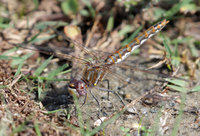 | Photo 12 by: Jeff Pippen, Julie Zickefoose Comment: Dare; OBL, 2019-10-17, https://www.jeffpippen.com/dragonflies/variegatedmeadowhawk.htm - around the lawn at Cape Hatteras Lighthouse |
 | Photo 13 by: Hunter Phillips Comment: Onslow, 2019-10-17, Morris Landing |  | Photo 14 by: Newman, Randy Comment: Carteret, 2007-10-30, Fort Macon State Park, in dunes south of fort. IDed from poor quality photo. |
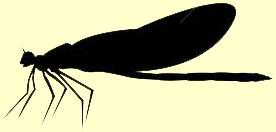
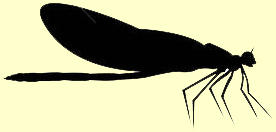 »
»